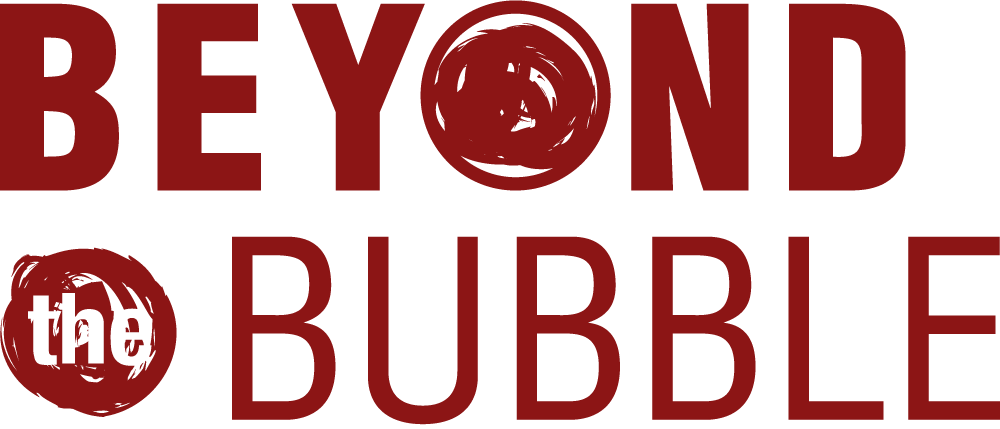 You may remember Stanford History Education Group (SHEG) for its groundbreaking and utterly depressing report, Evaluating Information: The Cornerstone of Online Civic Reasoning.
You may remember Stanford History Education Group (SHEG) for its groundbreaking and utterly depressing report, Evaluating Information: The Cornerstone of Online Civic Reasoning.
In the November 2016 Executive Summary, the researchers shared:
When thousands of students respond to dozens of tasks there are endless variations. That was certainly the case in our experience. However, at each level—middle school, high school, and college—these variations paled in comparison to a stunning and dismaying consistency. Overall, young people’s ability to reason about the information on the Internet can be summed up in one word: bleak.
Did you ever wonder how your own students might perform on those dozens of tasks? You can now find out.
SHEG currently offers three impressive curricula that may be put to immediate use in secondary classrooms and libraries. All three are outstanding (and free), but perhaps the most immediately useful to readers of this blog is Civic Online Reasoning or COR.
Using everyday digital content, the COR paper and online assessments directly connect to the questions posed in SHEG’s study and engage learners in credibility decision-making around three COR Competencies:
-
Who’s behind the information?
-
What’s the evidence?
-
What do other sources say?
The free assessments include Google Docs assessments to copy and digital rubrics to download. These tasks are perfect for learning across the curriculum and especially for librarian-led learning.
These assessments might be used to engage learners in discussion before an inquiry. And they could be critical for baseline analysis of student skills and formative assessment.
Might we also study whether learners with solid K12 library inquiry experience perform better than the student in the general SHEG sample?
The twenty assessments include:
- Evaluating Wikipedia: Students evaluate the trustworthiness of an article on Wikipedia, assessing whether they can reason about the specific features that make a Wikipedia article more or less reliable.
- Claims on YouTube: Students watch a short video and explain why they might not trust a video that makes a contentious claim.
![Screen Shot 2017-12-19 at 5.42.27 PM]()
- Claims on Twitter: Students read a tweet and explain why it might or might not be a useful source of information.
- Webpage Comparison: Students examine two websites and select the one that they would use to begin research on gun control, assessing their ability to identify the strengths and limitations of websites for learning about political topics
- YouTube Evaluation: Students evaluate a YouTube video and identify reasons why it may be unreliable.
- Claims on Social Media: Students consider the sources of a tweet and the information contained in it in order to describe what makes it both a useful and not useful source of information.
- Social Media Video: Students watch an online video and identify its strengths and weaknesses.
- Website Reliability: Students determine whether a partisan site is trustworthy.
- Researching a Claim: Students search online to verify a claim about a controversial topic.
- Comparing Articles: Students determine whether a news story or a sponsored post is more reliable.
- Evaluating Evidence: Students decide whether to trust a photograph posted on a photo-sharing website.
- Facebook Argument: Students consider the relative strength of evidence that two users present in a Facebook exchange.
- News on Facebook: Students identify the blue checkmark that distinguishes a verified Facebook account from a fake one.
- Argument Analysis: Students compare and evaluate two posts from a newspaper’s comment section.
- Homepage Analysis: Students identify advertisements on a news website.
- News Search: Students distinguish between a news article and an opinion column.
- Comments Section: Students examine a post from a newspaper comment section and explain whether they would use it in a research report.
- News on Twitter: Students consider tweets and determine which is the most trustworthy.
- Article Assessment: In this exploration of “cloaked” websites, students confronted with an article from one such site can determine its sponsorship. For more information
- Article Analysis: Students read a sponsored post and explain why it might not be reliable.

1. Beyond the Bubble History Assessments. Using resources from the Library of Congress, these 80 units cover both U.S. and world history and move students beyond the simple fact recognition presented by many bubble tests to engagement in historical thinking.
Exploiting the fabulous primary sources from the collections of the Library of Congress, OUTs are inquiry units designed to open up the textbook–to encourage learners not to see a single text as absolute truth. These assessments provoke, contest, expand, complicate or vivify the text inspiring skills of historical inquiry like:
-
sourcing
-
contextualization
-
corroboration
-
background knowledge
-
use of evidence
-
periodization
The Reading Like a Historian curriculum also engages students in historical inquiry around both U.S. and world history events. Like the DBQs, lessons revolve around a central historical question and sets of prima ry documents to engage learners with varied reading skills.
ry documents to engage learners with varied reading skills.
Again, this curriculum moves beyond memorization of historical facts, to engage learners in examining and practicing to make historical claims backed by documentary evidence. A series of Read Like a Historian videos prepares educators to effectively launch this type of learning in their classrooms.
Among the Reading Like a Historian lessons are:



